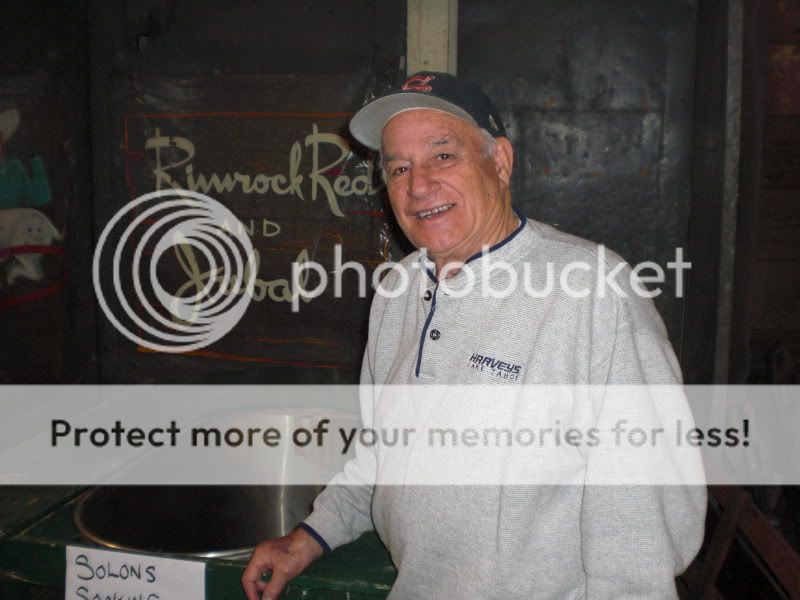I recently discovered a blog, via Twitter, Babes Love Baseball. Based out of Minnesota, the blog is similar to this site were it written by a female triumvirate; essentially, it is a paean to all things baseball. Most of what’s up there these days seems to be re-posted from other sites, but in looking through their older, original content, a lot of it is sharp and funny (i.e. one of the ladies shows a picture of Madonna and asks why Alex Rodriguez would be attracted to women who look like Tom Petty.) Hence, I’m following them on Twitter and have made a few trips to their site.
I was just re-reading the Comment section on their post that asked people what their walk-up music would be for at-bats. I left a comment there recently, putting in a plug for the post I wrote on this topic last month, and I wanted to see if anyone had responded to it. Lamentably, no– it’s not my best post, really. But I did find something that spurred a thought.
Apparently, one of The Babes (their capitalization, not mine) used a Beastie Boys track in years past because it contained the phrase, And I’ve got mad hits like I was Rod Carew. Hearing of this made me wonder other times ballplayers have been mentioned in songs, and — don’t ask me why — I thought of that Beyonce-Jay-Z single, “Deja Vu,” where Jay-Z raps, Used to run base like Juan Pierre.
When I first heard this in 2006, it sounded complimentary to Pierre, who had averaged 45 stolen bases a season up to that point, with 1,244 hits and a .303 batting average. Were I a general manager, I’d have no problem making Pierre the first, second or eighth hitter in my lineup, or my ninth guy for an American League team. In the three years since being rapped about, though, Pierre has struggled to maintain consistent playing time, even if his numbers haven’t changed all that much, and I find myself wondering if the following lyrics would be more apt:
Used to sit the Dodger bench after signing a $44 million contract like Juan Pierre
Used to get traded to the Chicago White Sox for spare parts in December 2009 like Juan Pierre
Used to have one home run in three years like Juan Pierre
In any event, I don’t think I could use any of this as walk-up music, even if Pierre may be amassing the quietest case ever for Cooperstown. Crazy as that may sound, Pierre is 32 and somewhere between six and eight full seasons from 3,000 hits, if Chicago lets him start. He also could finish with something over 750 steals and a .300 lifetime batting average. And he’s probably one of about seven active players from the Steroid Era who I would bet didn’t do steroids, since he hit a total of seven homers during those years. All this for a guy who I once read lived on hot dog packages and jugs of fruit punch while in the minor leagues.
That’s pretty solid. Even Babes ought make note of that.
